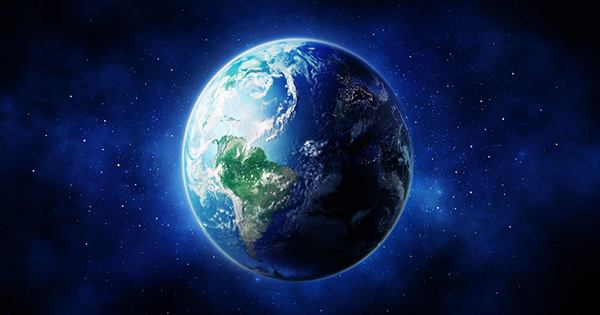According to 14 scientists, the Earth’s capacity to absorb “new things” such as synthetic substances like plastic without damaging the global ecology has exceeded. These substances include a wide spectrum of compounds that do either not biodegrade or biodegrade poorly. The Stockholm Resilience Center identified nine planetary limits where human actions endanger Earth’s stability, which has lasted at least 10,000 years, in 2009.
The Center has assembled a team of specialists to examine where we stand on each barrier in relation to the safe operating space. Some of these factors are truly global – such as greenhouse gas emissions – while others, such as freshwater use, are felt more locally.
In Environmental Science and Technology, a group led by Patricia Villarubia-Gómez of the Center considers the threat posed by novel entities, as well as aspects of the nine boundaries where they believe we have most exceeded planetary capacities. “Since 1950, there has been a 50-fold rise in chemical output.”By 2050, this is expected to have tripled again,” Villarubia-Gómez said in a statement. “New compounds, new forms of existing substances, and transformed living forms” are all examples of novel entities.
The American Chemical Society publishes Environmental Science and Technology, thus the publishers, and presumably the authors, are aware of the benefits unique chemical entities have offered to civilization. However, the authors suggest that when they stay in the environment, spread widely, and accumulate in organisms and the environment, they have become a worldwide concern.
The research is an attempt to determine the point at which these items, rather than being a local threat, can disturb large-scale processes that keep the planet stable. Chemicals to which living organisms have not adapted provide a wide range of problems. There are around 350,000 different varieties created and available on the global market, this “outstrip[s] our efforts at safety evaluation and monitoring,” according to the authors.
Some new things, such as many medications, exit the body only after being broken down, posing no damage to the environment. Others are biologically inert and considered to be rather harmless. Pesticides and plastics, on the other hand, pose even greater dangers. The authors’ point out that today’s plastics contain 10,000 additional compounds that are released as the originals degrade sometimes-producing novel combinations.
“The rate at which these contaminants are appearing in the environment significantly exceeds governments’ capacity to analyze global and regional hazards, let alone regulate any possible problems,” said co-author and University of Gothenburg professor Bethanie Carney Almroth. “Some of these contaminants can be found all over the world, from the Arctic to the Antarctic, and they can be very persistent.” We have a lot of evidence of harmful effects on Earth systems, such biodiversity, and biogeochemical cycles.”
“It’s critical to the transition to a circular economy. This entails “changing materials and products so they can be reused rather than discarded,” “designing chemicals and products for recycling,” and “much better screening of chemicals for their safety and sustainability throughout their entire impact pathway in the Earth system,” according to Villarubia-Gómez. Carney Almroth’s suggestion, “We need to be moving towards imposing a fixed cap on chemical production and release,” maybe even more difficult to sell.












